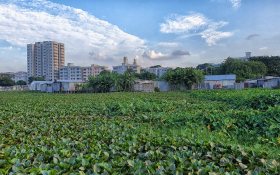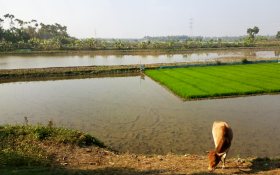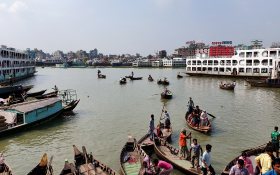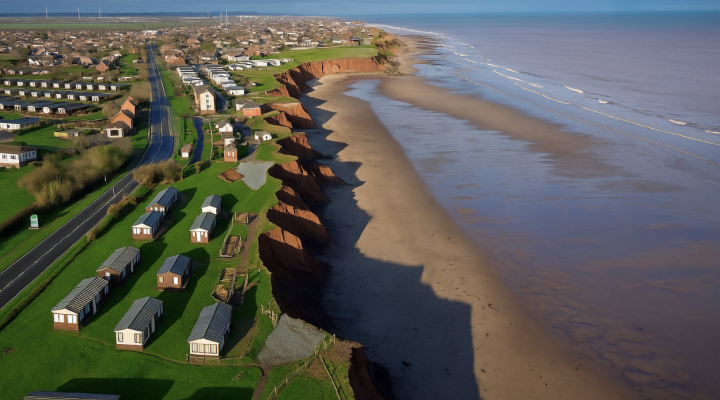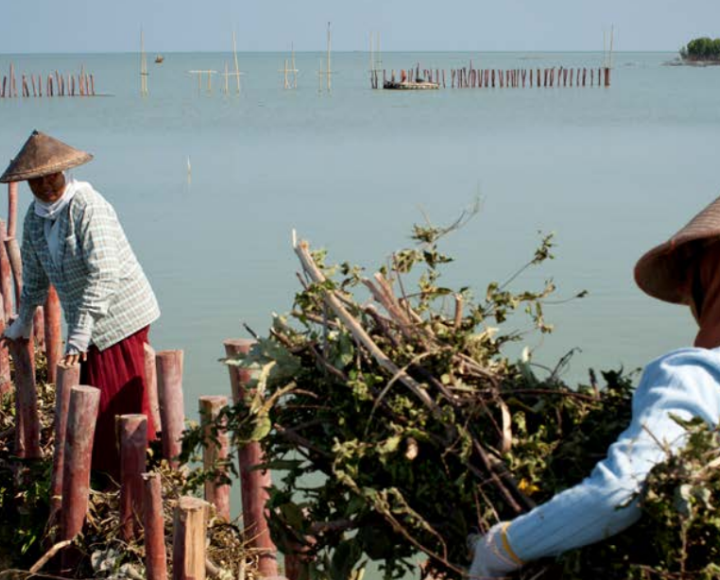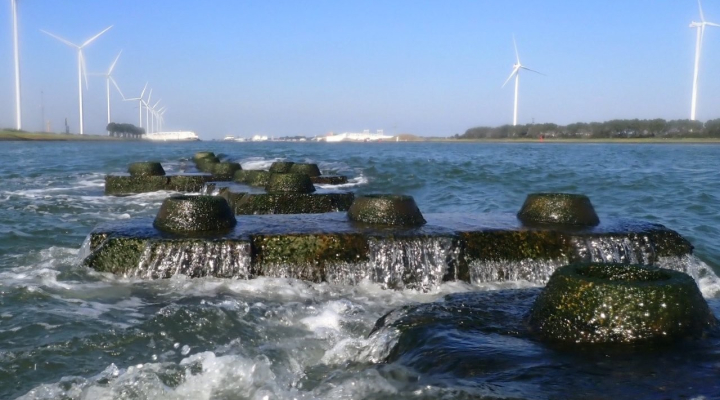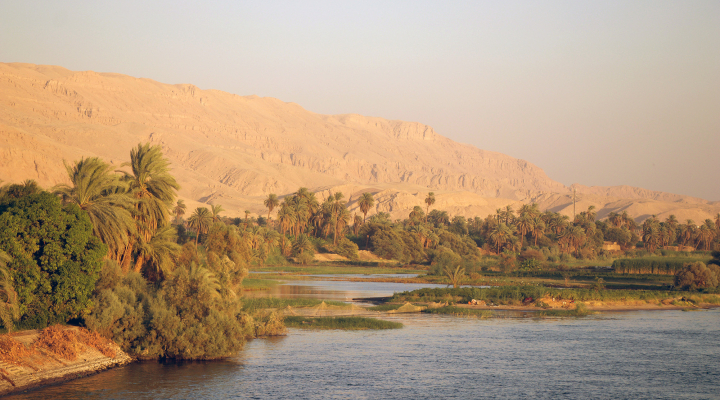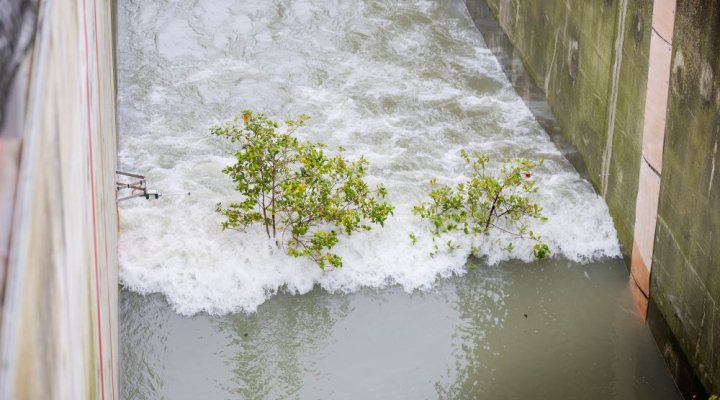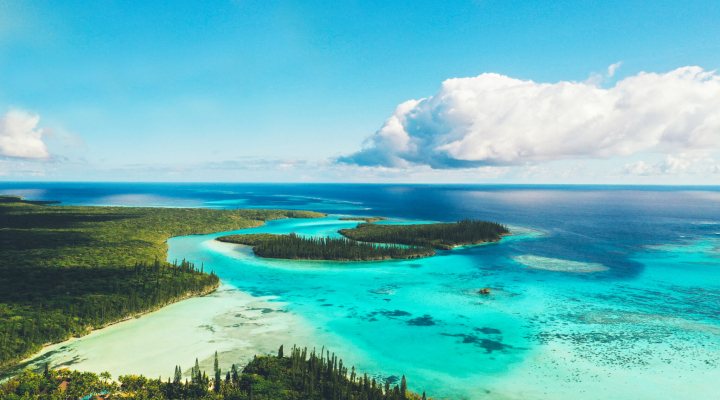The making of a blue revolution in Bangladesh
As the population grows, it becomes increasingly difficult to provide all citizens with sufficient food. For this reason, Bangladesh embraces the blue economy, in which the sea is used to provide more food, energy, and socio-economic value. But a blue revolution will only work if the economy, society, and ecology support each other. Delta expert and publicist Joep Janssen interviewed experts in Bangladesh to see how this revolution is being realised.
The maritime border dispute between Bangladesh and India officially ended on July 7, 2014. On the same day, the United Nations decided to expand the territorial waters of Bangladesh. Now, six years later, while the importance of the sea receives increased recognition, the ports of Dhaka struggle with the ever-increasing crowds of boats and people. With a well-functioning economy and a growing population, the pressure on nature and infrastructure is building.
While seeing all of this, I begin to ask myself a few questions. What will the blue economy look like in practice? How does Bangladesh deal with its maritime ecosystem? What does the country need to achieve blue growth?
Prosperity and confidence
I arranged a meeting with Khurshed Alam, secretary for maritime affairs at the Ministry of Foreign Affairs. If I wanted to get a good overview of the blue economy in Bangladesh, I was told I had to talk with him. He explains to me how Bangladesh overcame its blindness to the sea. “After the arbitration accord, we opened our eyes to the sea,” says Alam. “The sea didn't seem to exist before then. This perspective has traditionally been determined. Bangladesh is a river country. We stop thinking when the river has reached its mouth at the coast.”
“Only after our territorial waters expanded considerably, we started to think about opportunities. That takes time because it involves a change in mentality. We don't have a maritime tradition like the Netherlands.” Alam illustrates this with an example: “We go to sea only once to paddle – on our honeymoon. But when the waves come in, we run back to the beach.”
But Alam thinks Bangladesh is on the right track. “Economic growth gives us prosperity and confidence. For example, look at the bridge over the Padma River which is almost finished. It will connect Dhaka to the southern delta and give an extra boost to the economy.”
The ports also need this. The oldest and largest seaport is in Chittagong on the east coast. It is being used well beyond what it was designed for, so it is getting an expansion. The much smaller Mongla is located on the west coast, near the Sundarbans mangroves. According to Alam, both ports cannot keep up with the growth. That is why the government has decided to build a new port in Payra, exactly between the two existing ports, as well as a fourth port in Matarbari. They have been given special economic zoning to stimulate international trade.
The list of opportunities
Bangladesh wants to become a regional transport hub for China and other Asian countries. This is why the country feels the need to distinguish itself more from its competitors, for example by building a blue economy. But according to Alam, a lot remains to be done to achieve this ambition. “The development of deep-sea fishing is still in its infancy. This also applies to aquaculture. We have the potential to grow a lot of salmon in basins in the sea and on land, but we lack the money, experience and technology.”
Seaweed cultivation also adds to the list of opportunities for aquaculture. It does not cost fresh water and is rich in minerals as well as proteins, meaning it has the potential to replace meat consumption. However, there are many pollution problems associated with it which need to be overcome before implementation can occur.
Alam lists other sectors that Bangladesh could develop in a environmentally sustainable manner, such as coastal defence, coastal tourism development, marine biotechnology to make medicine, or deep-sea mining to look for nickel and cobalt, important raw materials for windmills and electric cars.
These sectors can only develop if there is sufficient knowledge, legal security, and safety at sea. Therefore, new knowledge institutes have been established, such as the Maritime University in Dhaka.
Cooperation
I make an appointment with the director, rear admiral Khaled Iqbal. The university was founded in 2013 and has recently started working on a new education curriculum that trains students to be part of the blue economy. They work together with Chittagong Port Authority in a consortium with Nuffic Neso, IHE Delft and STC Group, a knowledge institution for the shipping, transport, and port industry.
“This university must become a centre of excellence for the maritime sector,” says Iqbal. “We mainly focus on knowledge on the sea, sustainable management, and regulations. In this way we want to create an awareness on maritime challenges among the young generation.”
Iqbal is confident that the sea is no longer a blind spot. Bangladesh is going to capitalize on the opportunities, but still can use foreign aid for further development.
Firstly, the development of ports is necessary. Bangladesh needs to plan, build, expand, and manage ports. A good example from the Netherlands is the expansion of the port of Rotterdam. It is not surprising that the Dutch Royal HaskoningDHV is currently working on a feasibility study for Payra Port, where economy and ecology go together.
Secondly, there is dredging. Bangladesh has many rivers that must be navigable for transport from the ports to the hinterland. The sediments can be used near the coast for land reclamation. This is important because the population is increasing strongly and space on land is becoming scarcer.
Thirdly, more knowledge on hydraulic engineering and water management is needed. Knowledge of the water system on the coast, in rivers and cities is crucial in making economically and ecologically justified choices. This knowledge forms the basis for investments in ports, bridges, and dikes.
Shades of blue
When we say goodbye, Iqbal sends another message: “We invite the international water sector to come, because the time for development is now.” Foreign companies can help, but Bangladesh defines the shades of the blue economy that can be explored, especially related to its social and cultural aspects. This would mean investing in maritime ecology while at the same time improving recreation, fishing, health, and job growth for the local community.
I realise that Bangladesh is a delta country with unprecedented opportunities through the stories I hear. Iqbal aptly summarizes it – “Water is a great resource. If we can control it, we can do great things.”
Booming Bangladesh - a series
Cooperation between Bangladesh and the Netherlands has intensified in recent decades. While Bangladesh experiences rapid and strong economic growth, new challenges and opportunities emerge in the water sector. Within the framework of the Dutch Partners for Water Programme, Delta expert and publicist Joep Janssen collected stories, to gain a better understanding of the local water sector and show the changes that have been jointly initiated. This article is part of a series of interviews called Booming Bangladesh.




